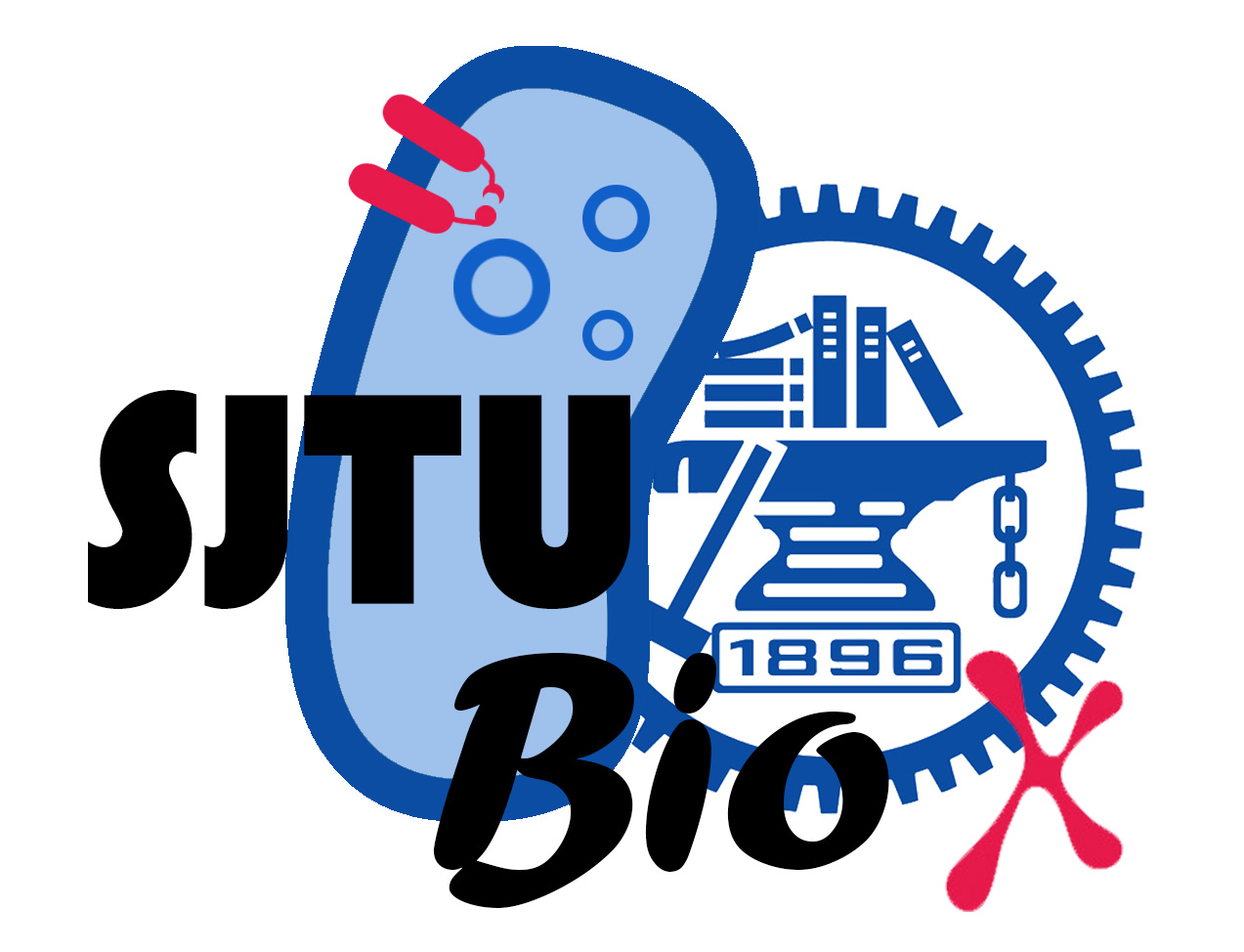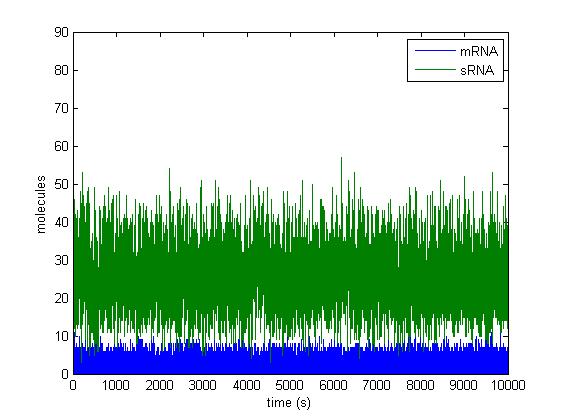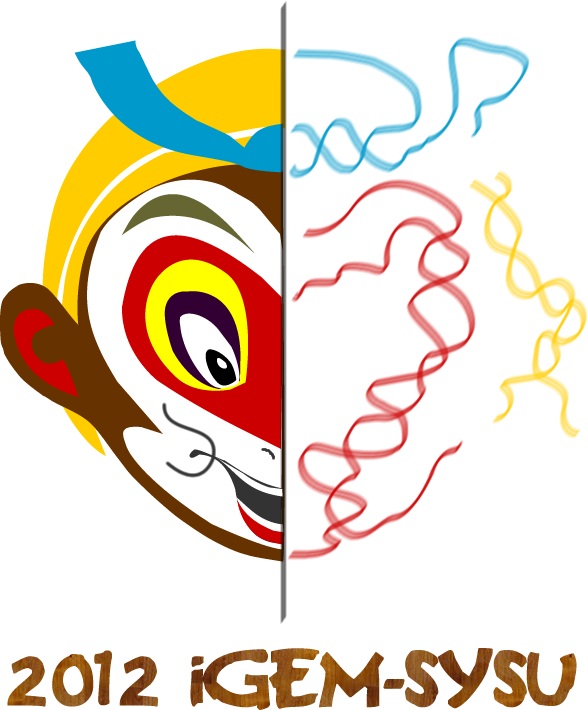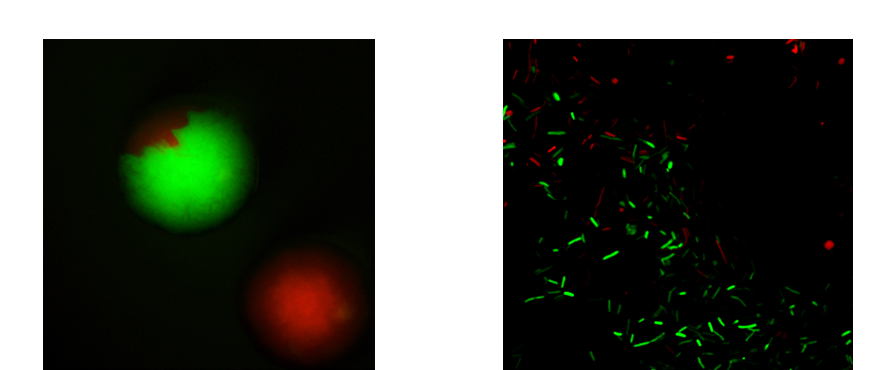Team:Peking/HumanPractice/Outreach/Collaboration
From 2012.igem.org
| (48 intermediate revisions not shown) | |||
| Line 1: | Line 1: | ||
<html></p></html>{{Template:Peking2012_Color_Prologue}}{{Template:Peking2012_Color_HumanPractice}}<html> | <html></p></html>{{Template:Peking2012_Color_Prologue}}{{Template:Peking2012_Color_HumanPractice}}<html> | ||
<script type="text/javascript"> | <script type="text/javascript"> | ||
| - | sublists_Now = | + | sublists_Now = 2; |
var subsubitem=subfirst.getElementsByTagName('ul')[sublists_Now].getElementsByTagName('a')[2]; | var subsubitem=subfirst.getElementsByTagName('ul')[sublists_Now].getElementsByTagName('a')[2]; | ||
subsubitem.style.color='#60b0f0'; | subsubitem.style.color='#60b0f0'; | ||
| Line 10: | Line 10: | ||
<h3 id="title1">Summary</h3> | <h3 id="title1">Summary</h3> | ||
<p> | <p> | ||
| - | + | This summer, our team benefitted a lot from the collaboration with Prof. YANG Yi and other iGEM teams. By paying reciprocal visits with Prof. Yang, we establish collaboration with his lab. By helping some other teams with their contests, we built lifelong friendship with team members across the world. | |
</p> | </p> | ||
</div> | </div> | ||
<div class="PKU_context floatR"> | <div class="PKU_context floatR"> | ||
| - | <h3 id="title2"> | + | <h3 id="title2">Collaboration with Prof. YANG Yi's Lab</h3> |
<p> | <p> | ||
| - | + | As a burgeoning interface of biology, chemistry, physics and many other disciplines of research, the study of synthetic biology highly values and is critically depended on the collaboration of different specialities and different groups. Aiming at the optimization and further application of an ultra-sensitive light sensor, our team decided to collaborate with Prof. YANG Yi’s group from ECUST (East China University of Science and Technology) and research under the instruction of Prof. YANG. | |
<br /> <br /> | <br /> <br /> | ||
| - | + | Upon his visit to Peking University this May, Prof. YANG presented his design and preliminary results on the Light-OFF system and we shared our opinions on its further applications. And in this very meeting, both sides decided to combine each component of their works and present this project in the iGEM competition. | |
| - | + | </p> | |
| - | + | <div class="floatC"> | |
| - | + | <img src="https://static.igem.org/mediawiki/igem.org/c/c1/Peking2012_HS_yangyi.JPG" alt="Prof.Yang Yi"> | |
| - | + | <p class="description" style="text-align:center">Professor YANG Yi</p> | |
| - | + | </div> | |
| - | + | <p>Based on the original work of YANG’s group, team members in Peking University endeavored in the possible extension of this light sensitive and functional Light-OFF biobrick. | |
| - | + | ||
| - | + | ||
| - | + | ||
| - | + | ||
| - | + | ||
| - | + | ||
| - | + | ||
| - | + | ||
| - | + | ||
| - | <p> | + | |
| - | + | ||
| - | + | ||
| - | + | ||
| - | + | ||
</p> | </p> | ||
</div> | </div> | ||
<div class="PKU_context floatR"> | <div class="PKU_context floatR"> | ||
| - | <h3 id="title3"> | + | <h3 id="title3">Collaboration with Other iGEM Teams</h3> |
| - | < | + | <div> |
| - | + | <div class="floatR" style="margin-left:20px;"> | |
| - | + | <img src="/wiki/images/b/b2/Peking2012_HP_SJTU_logo.jpg" alt="SJTU_iGEM" style="width:200px;"> | |
| - | + | <p style="font-weight:bold;width:150px;text-align:center;margin:0 auto;">SJTU_iGEM</p> | |
| - | + | ||
| - | + | ||
| - | <p | + | |
| - | + | ||
| - | + | ||
</div> | </div> | ||
| + | <p> | ||
| + | Another important part of iGEM is helping other teams through communication and collaboration. <a href="/Team:SJTU-BioX-Shanghai">Team SJTU-BioX-Shanghai</a> found that we utilized ribozymes last year to control the expression of VioABDE gene, and thereby requested biobricks of <a href="http://partsregistry.org/wiki/index.php?title=Part:BBa_K598019"> BBa_K598019</a> and <a href="http://partsregistry.org/wiki/index.php?title=Part:BBa_K598020">BBa_K598020</a> to incorporate in their "Membrane Magic" project. We shared the DNA materials with them. | ||
| + | </p> | ||
</div> | </div> | ||
| - | <div class=" | + | <div class="floatC"> |
| - | <img src="/wiki/images/ | + | <img src="http://partsregistry.org/wiki/images/3/36/PekingR_ZZR2.JPG" alt="BBa_K598019" style="width:500px;"> |
| - | <div> | + | <p class="description" style="width:150px;text-align:center;">BBa_K598019</p> |
| - | < | + | </div> |
| + | <div class="floatC"><p style="width:600px;height:50px;"></p></div> | ||
| + | <div> | ||
| + | <div class="floatR" style="margin-left:20px;"> | ||
| + | <img src="https://static.igem.org/mediawiki/igem.org/5/56/Peking2012_HS_Tinjin.png" alt="TJU_iGEM" style="width:200px;"> | ||
| + | <p style="font-weight:bold;width:150px;text-align:center;margin:0 auto;">TJU_iGEM Team</p> | ||
</div> | </div> | ||
| + | <p>We also collaborated with <a href="/Team:Tianjin">Team Tianjin</a> by sharing ideas, protocols and information. Later, we helped them to characterize their biobricks <a href="http://partsregistry.org/wiki/index.php?title=Part:BBa_K821001"> BBa_K821001</a> and <a href="http://partsregistry.org/wiki/index.php?title=Part:BBa_K821002"> BBa_K821002</a> using fluorescence stereomicroscope. | ||
| + | </p> | ||
</div> | </div> | ||
| - | <div class=" | + | <div class="floatC"><p style="width:600px;height:50px;"></p></div> |
| - | <img src="/ | + | <div> |
| - | <div> | + | <div class="floatR" style="margin-left:20px;"> |
| - | + | <img src="https://static.igem.org/mediawiki/igem.org/6/64/Peking2012_HS_OUC.jpg" alt="OUC_iGEM" style="width:200px;"> | |
| - | + | <p style="font-weight:bold;width:150px;text-align:center;margin:0 auto;">OUC_iGEM Team</p> | |
| - | </p> | + | </div> |
| + | <p> | ||
| + | Also we established a positive, cooperative, and steady relation with <a href="/Team:OUC-China">OUC-China</a>. Our team and OUC iGEM helped each other a lot this summer. We helped them to build stochastic model and gave some important advice about their program, which provides guidance for the experimental implementation. Reciprocally, they shared DNA material of agarase, an enzyme that degrades agar, with us, which is very useful for our 3D bio-printing. | ||
| + | </p> | ||
| + | </div> | ||
| + | <div class="floatC"> | ||
| + | <img src="/wiki/images/4/4b/Peking2012_HP_OUC_result.jpg" alt="" style="width:500px;"> | ||
| + | <p class="description" style="width:150px;text-align:center;">OUC_iGEM Result</p> | ||
| + | </div> | ||
| + | <div class="floatC"><p style="width:600px;height:50px;"></p></div> | ||
| + | <div> | ||
| + | <div class="floatR" style="margin-left:20px;"> | ||
| + | <img src="/wiki/images/d/dc/Peking2012_HS_SYSU.jpg" alt="SYSU_iGEM" style="width:200px;"> | ||
| + | <p style="font-weight:bold;width:150px;text-align:center;margin:0 auto;">SYSU_iGEM Team</p> | ||
</div> | </div> | ||
| + | <p> | ||
| + | Besides, we also shared DNA materials of <a href="http://partsregistry.org/wiki/index.php?title=Part:BBa_K598002"> BBa_K598002</a> with <a href="/Team:SYSU-China">Team SYSU-China</a>. They exploited this digital-like and plug-in toggle switch to implement sequential logic processing in their gene circuit. | ||
| + | </p> | ||
</div> | </div> | ||
<div class="floatC"> | <div class="floatC"> | ||
| - | <p></p> | + | <img src="/wiki/images/8/8c/Peking_Collaboration_SYSU_Fluorescence_images_of_bistable_switch.png" alt="Bistable" style="width:400px;"> |
| + | <p class="description" style="text-align:center;">Fluorescence images of bistable switch.</p> | ||
</div> | </div> | ||
| - | |||
| - | |||
| - | |||
| - | |||
| - | |||
| - | |||
| - | |||
| - | |||
| - | |||
| - | |||
</div> | </div> | ||
</html>{{Template:Peking2012_Color_Epilogue}} | </html>{{Template:Peking2012_Color_Epilogue}} | ||
Latest revision as of 06:10, 24 October 2012
Summary
This summer, our team benefitted a lot from the collaboration with Prof. YANG Yi and other iGEM teams. By paying reciprocal visits with Prof. Yang, we establish collaboration with his lab. By helping some other teams with their contests, we built lifelong friendship with team members across the world.
Collaboration with Prof. YANG Yi's Lab
As a burgeoning interface of biology, chemistry, physics and many other disciplines of research, the study of synthetic biology highly values and is critically depended on the collaboration of different specialities and different groups. Aiming at the optimization and further application of an ultra-sensitive light sensor, our team decided to collaborate with Prof. YANG Yi’s group from ECUST (East China University of Science and Technology) and research under the instruction of Prof. YANG.
Upon his visit to Peking University this May, Prof. YANG presented his design and preliminary results on the Light-OFF system and we shared our opinions on its further applications. And in this very meeting, both sides decided to combine each component of their works and present this project in the iGEM competition.

Professor YANG Yi
Based on the original work of YANG’s group, team members in Peking University endeavored in the possible extension of this light sensitive and functional Light-OFF biobrick.
Collaboration with Other iGEM Teams

SJTU_iGEM
Another important part of iGEM is helping other teams through communication and collaboration. Team SJTU-BioX-Shanghai found that we utilized ribozymes last year to control the expression of VioABDE gene, and thereby requested biobricks of BBa_K598019 and BBa_K598020 to incorporate in their "Membrane Magic" project. We shared the DNA materials with them.

BBa_K598019

TJU_iGEM Team
We also collaborated with Team Tianjin by sharing ideas, protocols and information. Later, we helped them to characterize their biobricks BBa_K821001 and BBa_K821002 using fluorescence stereomicroscope.

OUC_iGEM Team
Also we established a positive, cooperative, and steady relation with OUC-China. Our team and OUC iGEM helped each other a lot this summer. We helped them to build stochastic model and gave some important advice about their program, which provides guidance for the experimental implementation. Reciprocally, they shared DNA material of agarase, an enzyme that degrades agar, with us, which is very useful for our 3D bio-printing.

OUC_iGEM Result

SYSU_iGEM Team
Besides, we also shared DNA materials of BBa_K598002 with Team SYSU-China. They exploited this digital-like and plug-in toggle switch to implement sequential logic processing in their gene circuit.

Fluorescence images of bistable switch.
 "
"














